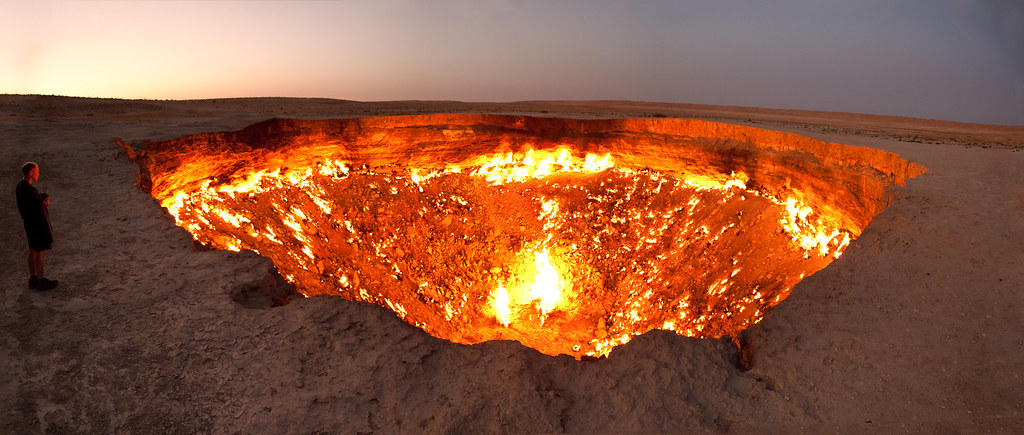Tombs scattered across China, built between the 4,000-year old Xia Dynasty and the modern era, reflect the political and social patterns of Chinese history, according to a study published October 29, 2025 in the open-access journal PLOS One by Quanbao Ma from the Beijing University of Civil Engineering and Architecture, China, and colleagues.
The research team mapped the location of ancient tombs in China to search for patterns in their distribution across the country and throughout history. They found that both socioeconomic factors and geography may have influenced where these burial sites are located.
For example, many of the surviving tombs are from periods of Chinese history with relative political and economic stability, such as the Qin-Han and Yuan-Ming-Qing dynasties. Times of war and instability, like the Five Dynasties era, are not as well represented in the archaeological record of tombs. The researchers note that when people's living standards were high, they could likely spend more time focusing on the afterlife.
Population trends might also have influenced where tombs were built. The researchers note, for example, that war was common in northern China from the late Eastern Han dynasty through the Northern and Southern dynasties. This led people to move southward, and tombs from this era are clustered in these southern locations.
Both the Chengdu-Chongqing and Central Plains regions have a higher number of surviving tombs. The researchers note that Chengdu-Chongqing has relatively flat land and fertile soil, and the Central Plains have flat land and plenty of water, which would have helped ancient settlements develop in these areas. Both areas are also relatively humid, which likely helped preserve artifacts inside the tombs.
Burial sites represent an indispensable source of cultural heritage knowledge, the research team notes — and they hope that this study will help provide some of the scientific foundations needed to preserve these tombs in the future.
The authors add: "This study conducted a systematic digital survey and analysis of the spatiotemporal distribution characteristics and influencing factors of ancient tombs in China, revealing their evolution patterns and influencing factors, thus laying an important theoretical foundation for building a scientific and precise protection system."
In your coverage, please use this URL to provide access to the freely available article in PLOS One: http://plos.io/4okWzT5
Citation: Ma Q, Li Y, Yang Z, Zhao X, Li C, Shi Z, et al. (2025) The spatiotemporal distribution characteristics and influencing factors of ancient tombs in China: A study on the conservation of ancient tombs in China. PLoS One 20(10): e0333485. https://doi.org/10.1371/journal.pone.0333485
Author countries: China
Funding: This study was supported by the National Social Science Fund of China in the form of a grant awarded to Quanbao Ma (22FYSB019) and the National Social Science Fund of China in the form of a salary for Quanbao Ma. The specific roles of this author are articulated in the 'author contributions' section. The funders had no role in study design, data collection and analysis, decision to publish, or preparation of the manuscript.






